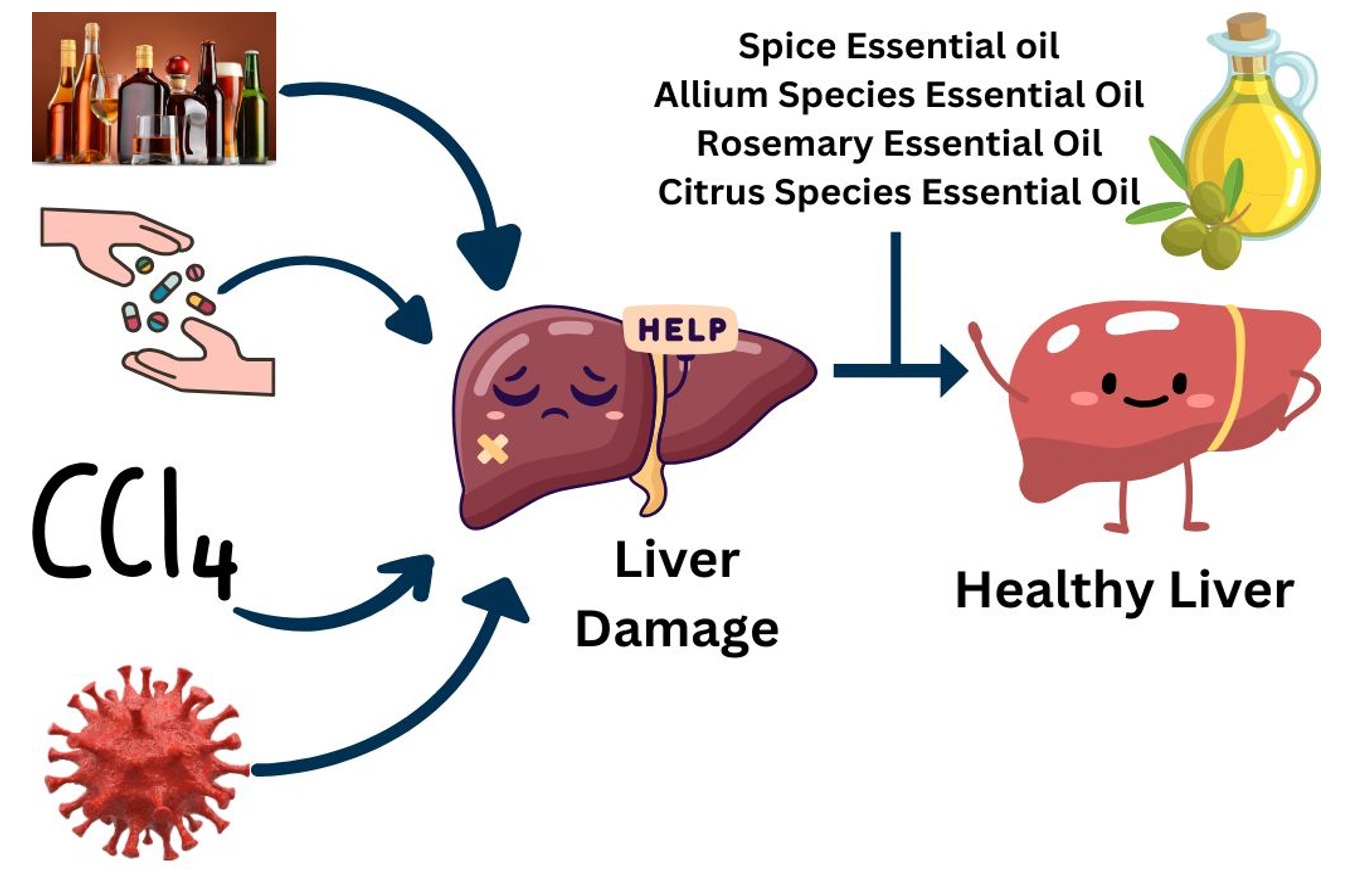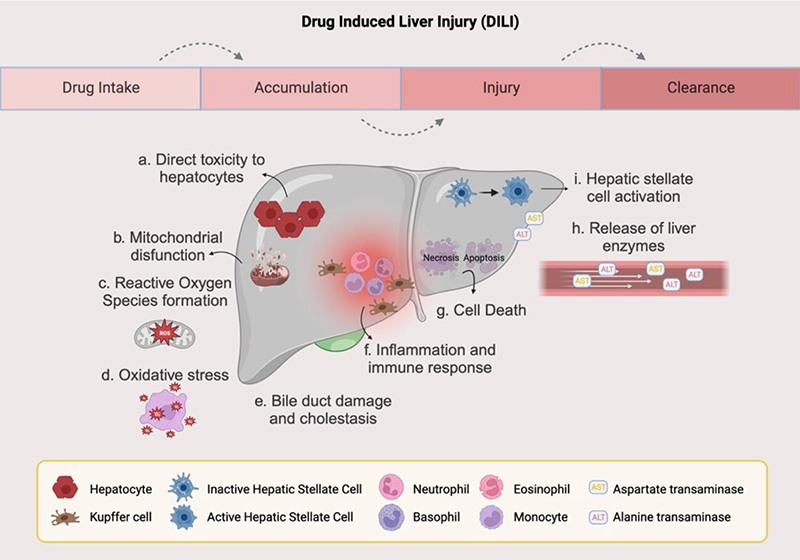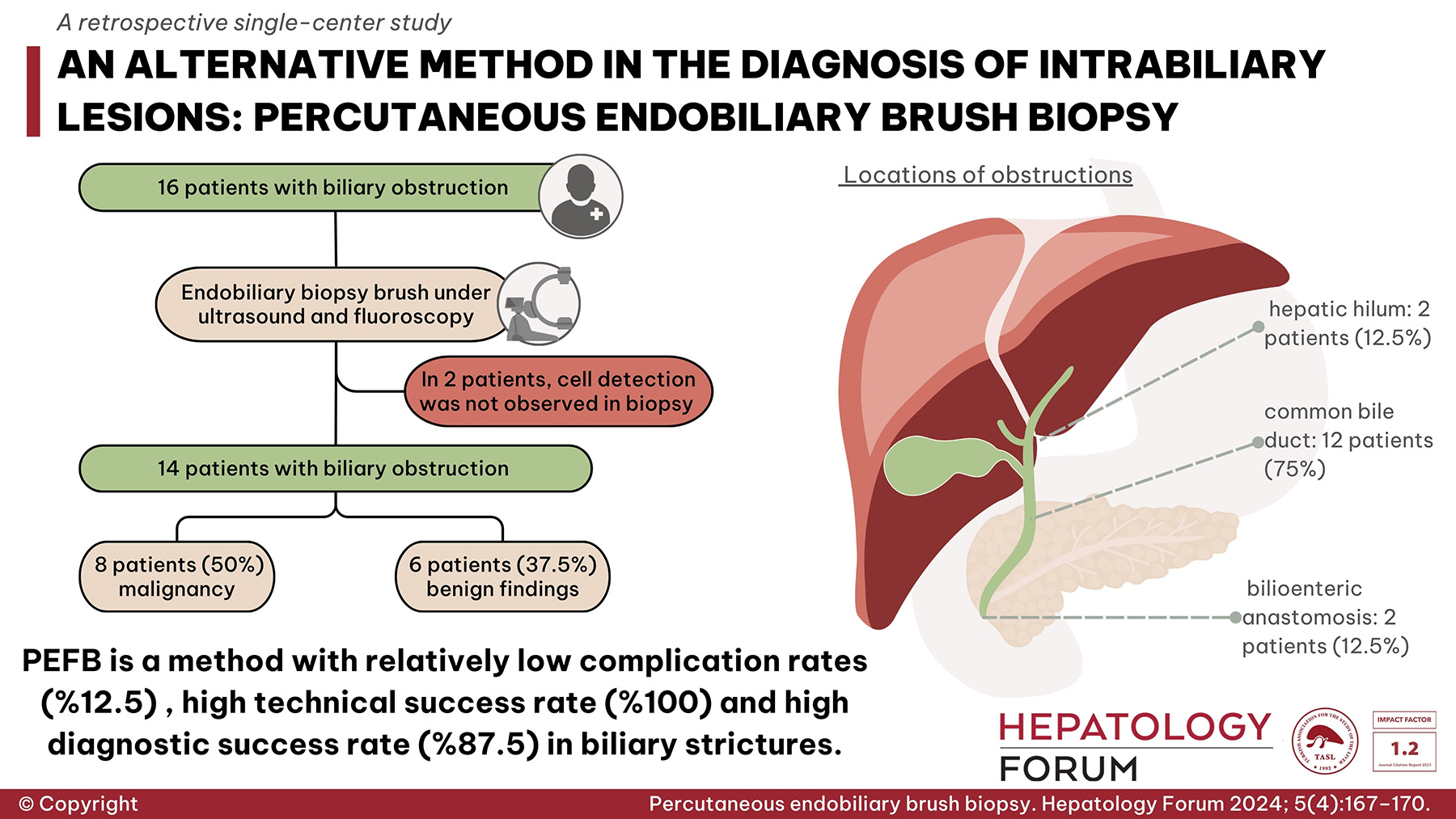2School of Pharmacy, Guangdong Medical University, Zhanjiang, PR China
3The First Clinical Medical College, Guangdong Medical University, Zhanjiang, PR China
4Department of Histology and Embryology, Guangdong Medical University, Zhanjiang, PR China
5Pathological Diagnosis and Research Center, Hospital of Guangdong Medical University, Zhanjiang, PR China; Department of Histology and Embryology, Guangdong Medical University, Zhanjiang, PR China
Abstract
Background and Aim: The transcription factor MafF is a novel regulator of adipogenesis, but its role in hepatic steatosis remains unclear. This study aimed to explore the impact of MafF on hepatocyte steatosis and its under-lying mechanisms.
Material and Methods: A stable MafF-overexpressing cell line was estab-lished using lentiviral infection. RT-qPCR and Western blot analysis con-firmed MafF expression. Free fatty acid (FFA) or ethanol (ETOH) induction was used to simulate hepatocyte steatosis in non-alcoholic or alcoholic fatty liver disease (NAFLD or AFLD). Cell activity and lipid accumulation were assessed through the CCK-8 assay, Calcein-AM/PI staining, and Oil Red O staining. The changes in lipid metabolism-related gene expression before and after FFA or ETOH treatment were detected using RT-qPCR.
Results: FFA or ETOH induced lipid accumulation in hepatocytes, and overexpression of MafF significantly ameliorated ETOH-induced hepato-cyte steatosis but had little effect on FFA-induced hepatocyte steatosis. MafF overexpression significantly reduced the expression of peroxisome proliferator-activated receptor gamma (PPARG), acetyl-CoA carboxylase (ACC), and lipoprotein lipase (LPL) in hepatocytes. Upon FFA induc-tion, control (NC) cells exhibited downregulation of these genes, whereas MafF-overexpressing cells upregulated LPL expression. In contrast, under ETOH treatment, NC cells upregulated these genes, while MafF-overex-pressing cells showed downregulation.
Conclusion: This study highlighted the regulation of lipid-related genes by MafF, including PPARG, ACC, and LPL, and its effect on FFA- and ETOH-induced hepatocellular lipid accumulation in distinct ways. MafF showed a more pronounced improvement in ETOH-induced hepatocyte ste-atosis, providing crucial insights into MafF’s role in hepatic lipid metabo-lism and potential therapeutic strategies for NAFLD and AFLD.





 Jinhui Cai1
Jinhui Cai1 









